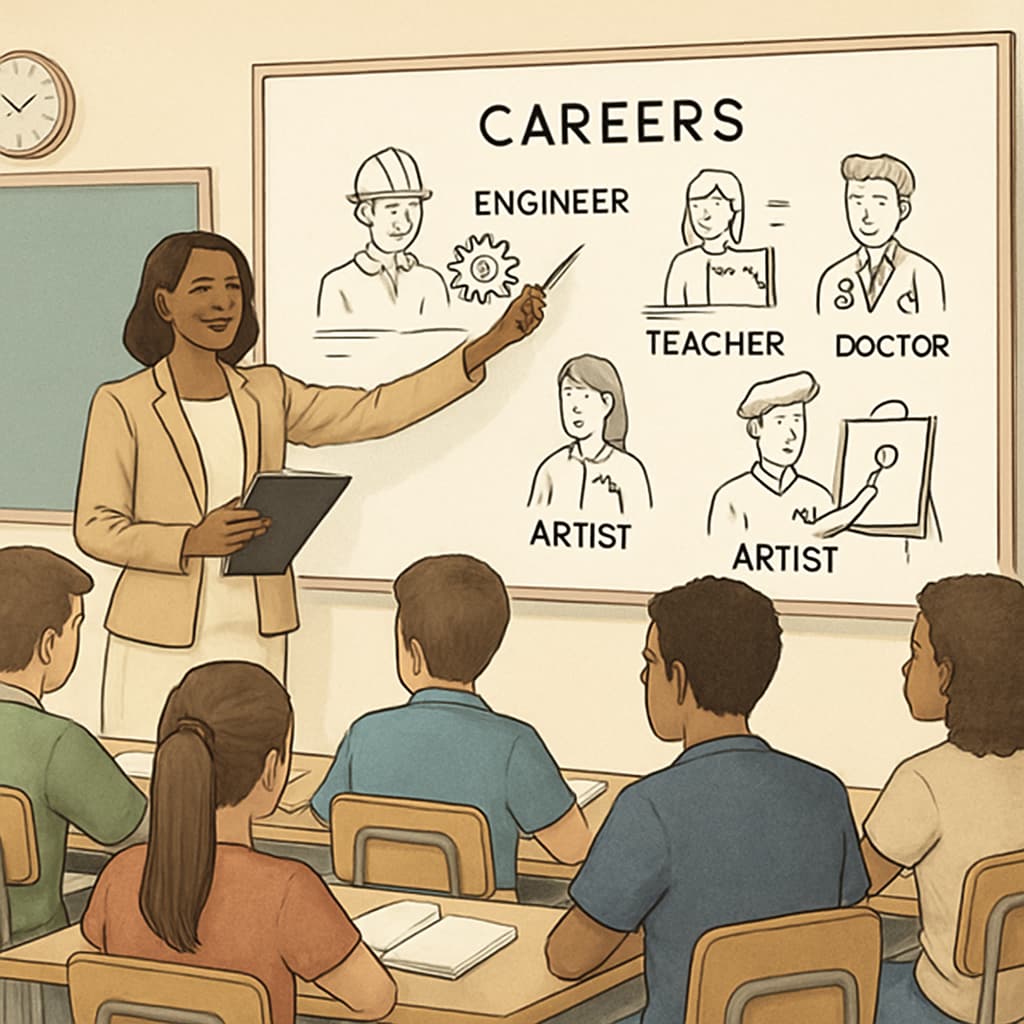Choosing a field of study is one of the most critical decisions students face, especially as it directly ties to their academic planning, major selection, and career prospects. This choice is often complicated by the tension between personal interests and the realities of the job market. Early education, particularly in the K12 phase, plays a pivotal role in helping students develop a balanced perspective on their future careers. This article explores how early guidance can empower students to pursue their passions while considering practical career demands.
The Dilemma: Passion vs. Reality in Academic Planning
For many students, the process of selecting a major or career path is fraught with conflicting emotions. On one hand, there’s the desire to pursue something they truly love; on the other, there’s the need to consider job stability and financial security. This dilemma can lead to indecision or even disengagement from education.
Studies show that students who lack early career guidance are more likely to switch majors or drop out of college entirely. According to a report on education trends, early exposure to career options and professional pathways significantly reduces these risks. By addressing this challenge during the K12 years, educators can help students make informed decisions that align with both their interests and the ever-changing job market.

Strategies for Effective Career Planning in K12 Education
To address the challenges of academic planning and career prospects, early education institutions can implement several strategies to guide students effectively:
- Interest Assessments: Using tools like personality tests or career aptitude exams can help students identify areas where their passions align with viable career paths.
- Job Market Awareness: Incorporate lessons on labor market trends, including in-demand skills and emerging industries, to provide students with a realistic view of employment opportunities.
- Mentorship Programs: Connecting students with professionals in various fields can offer insights into day-to-day job realities and long-term career growth.
- Project-Based Learning: Encourage hands-on experiences through internships or collaborative projects that simulate real-world challenges, helping students test their interests in practical settings.
These strategies not only foster a balanced approach to career planning but also build essential skills such as critical thinking, adaptability, and self-awareness. For example, programs like job shadowing provide valuable exposure, allowing students to weigh their passion against the realities of their chosen field.

The Role of Educators and Parents in Career Guidance
While schools play a significant role, parents and guardians are equally important in shaping a student’s career outlook. Encouraging open discussions about career goals, financial realities, and personal values can help bridge the gap between passion and practicality. Additionally, educators can foster career exploration by integrating career-related themes into the curriculum.
For instance, incorporating case studies of professionals who successfully balanced their interests and career demands can inspire students. As highlighted by career development literature, the stories of entrepreneurs, scientists, and artists who navigated this balance can serve as both motivation and guidance.
Ultimately, a collaborative effort between schools, families, and communities is essential to equip students with the tools they need to thrive in a competitive world.
In conclusion, addressing the challenges of academic planning, major selection, and career prospects requires a proactive approach during the K12 years. By fostering both passion and practicality through early education strategies, students can confidently navigate the complex landscape of professional choices. As a result, they are more likely to succeed in both their personal and professional lives.
Readability guidance: This article uses short paragraphs, lists, and transitional phrases to ensure readability. Key strategies are highlighted for clarity, and external links provide additional resources for deeper understanding.


